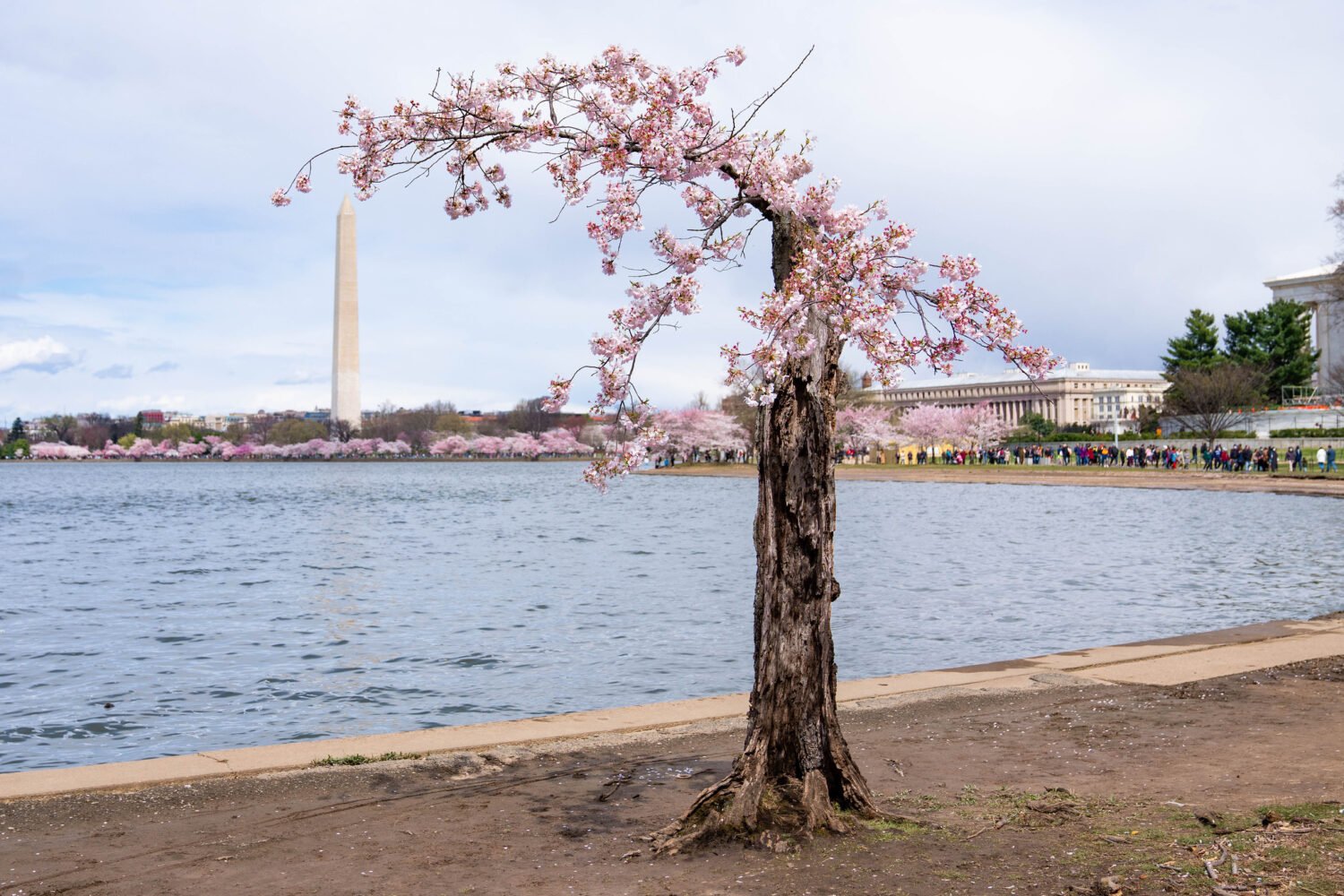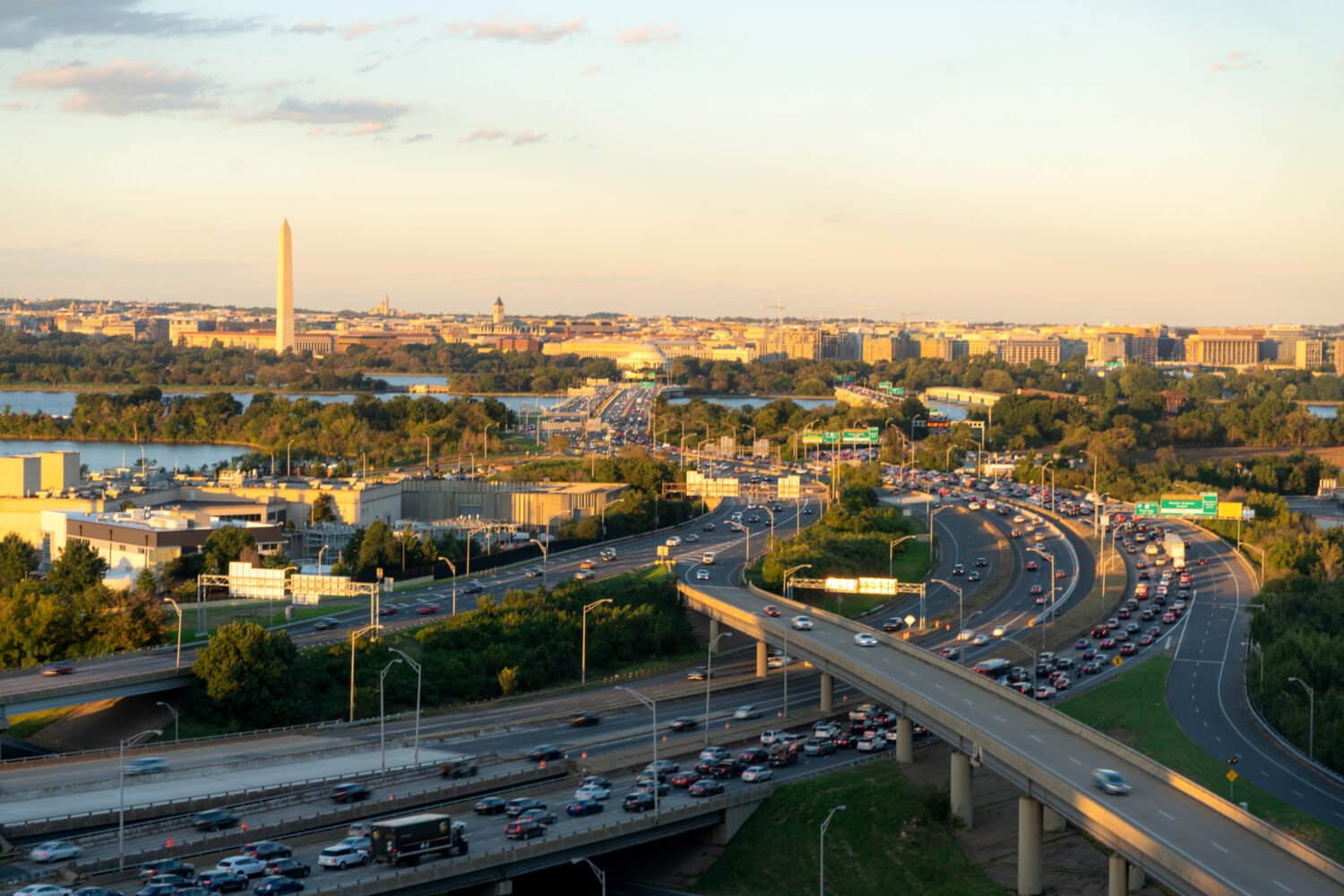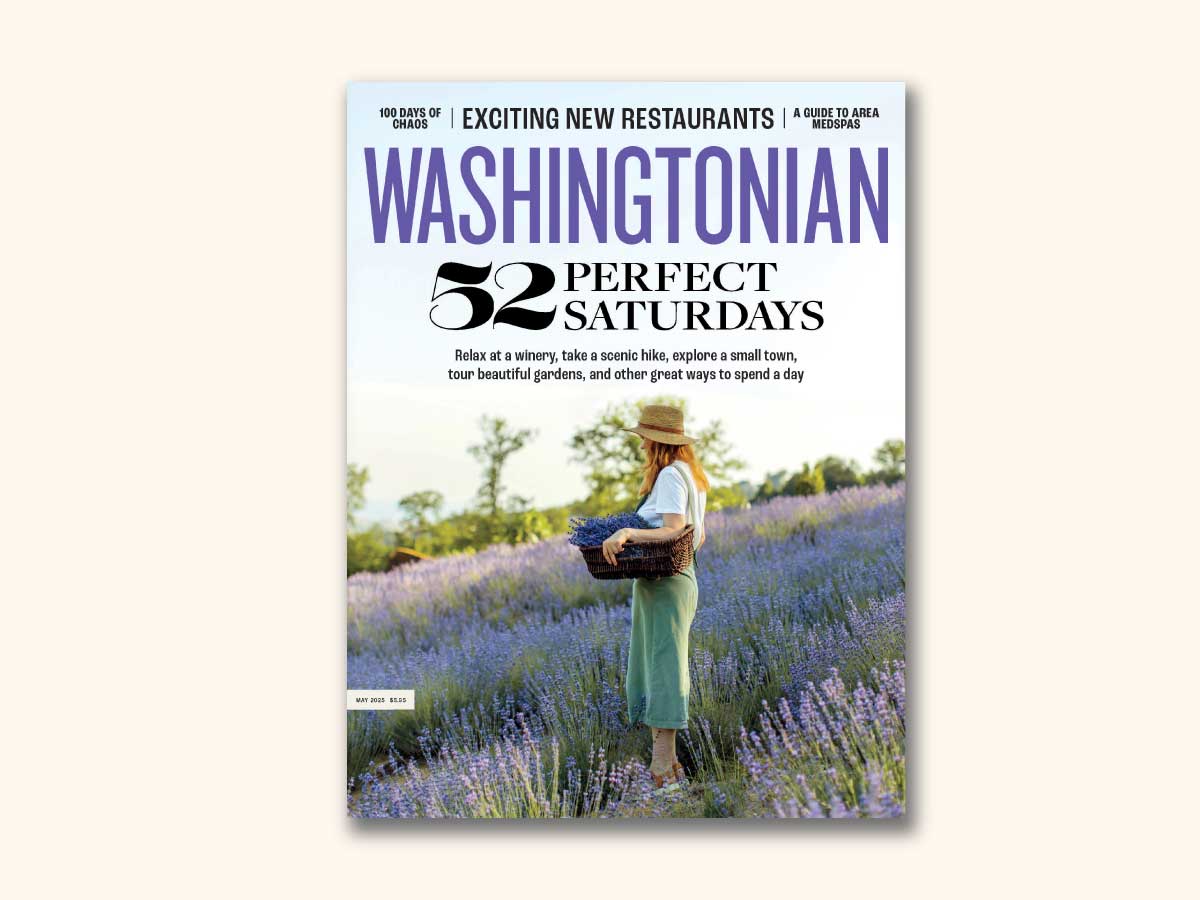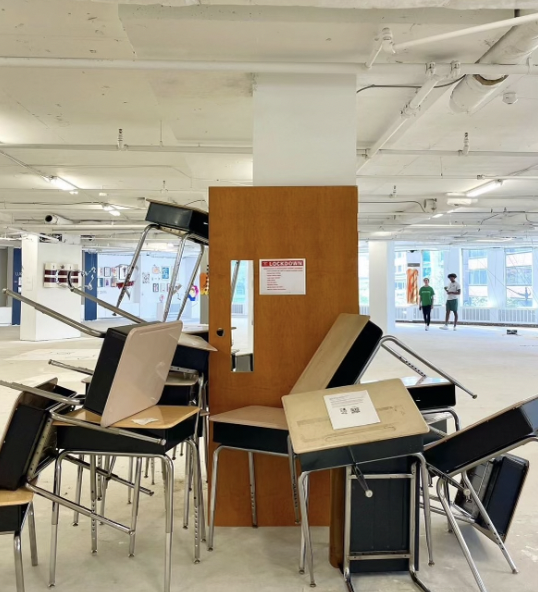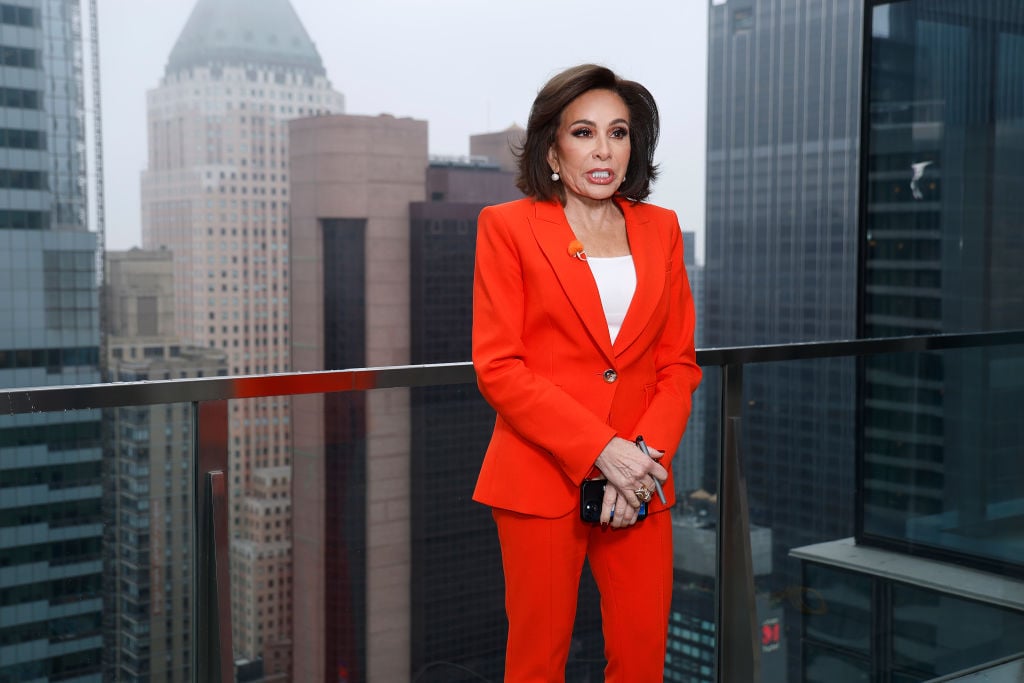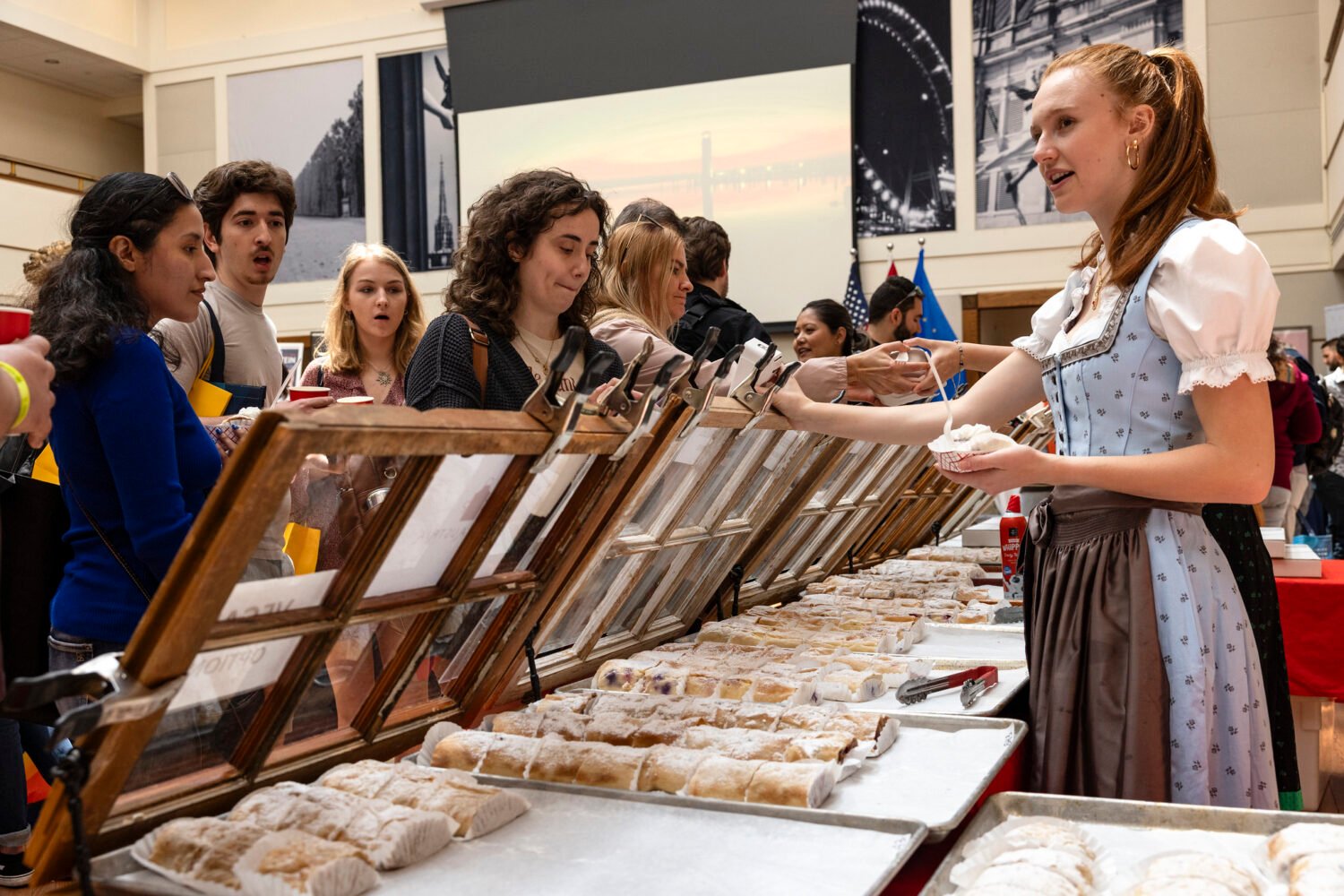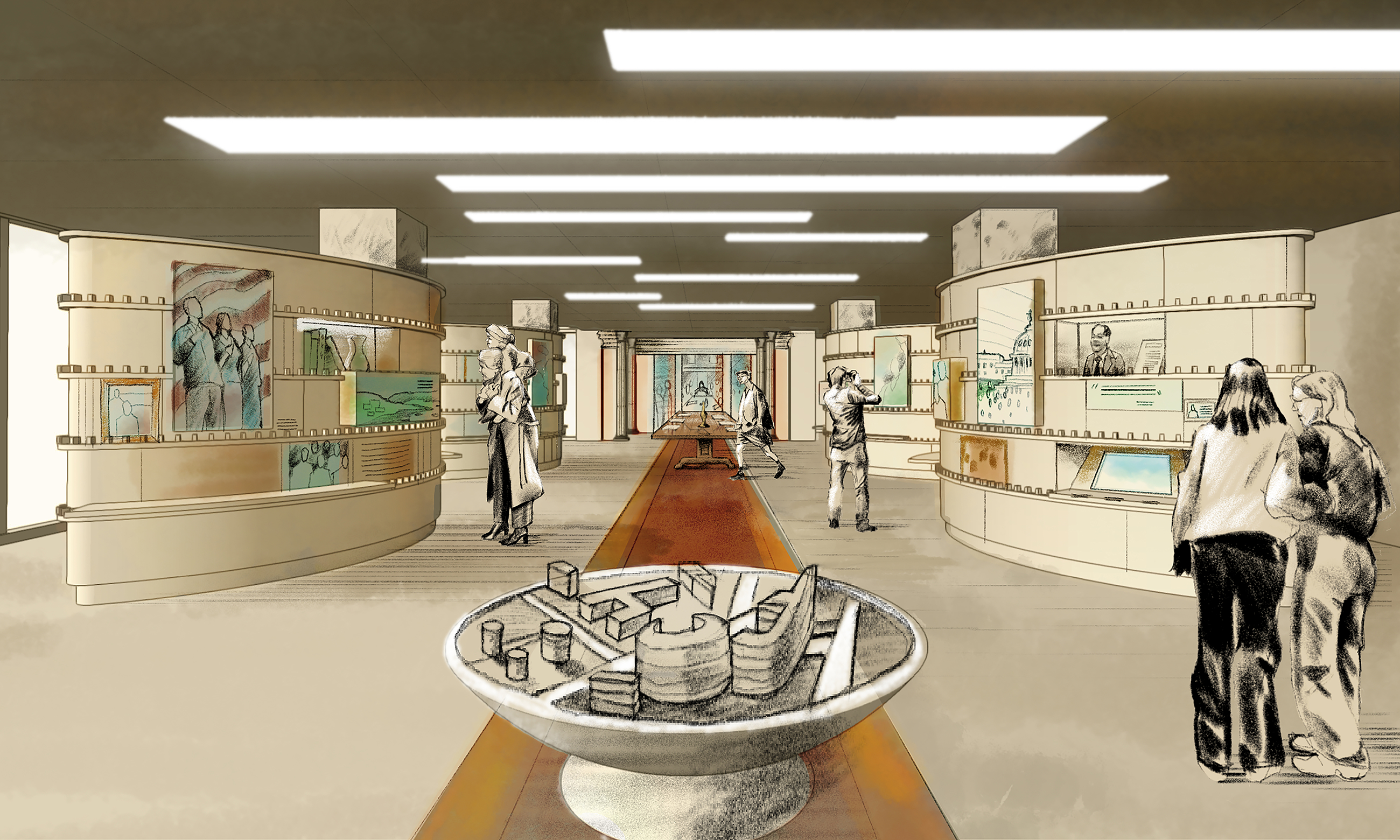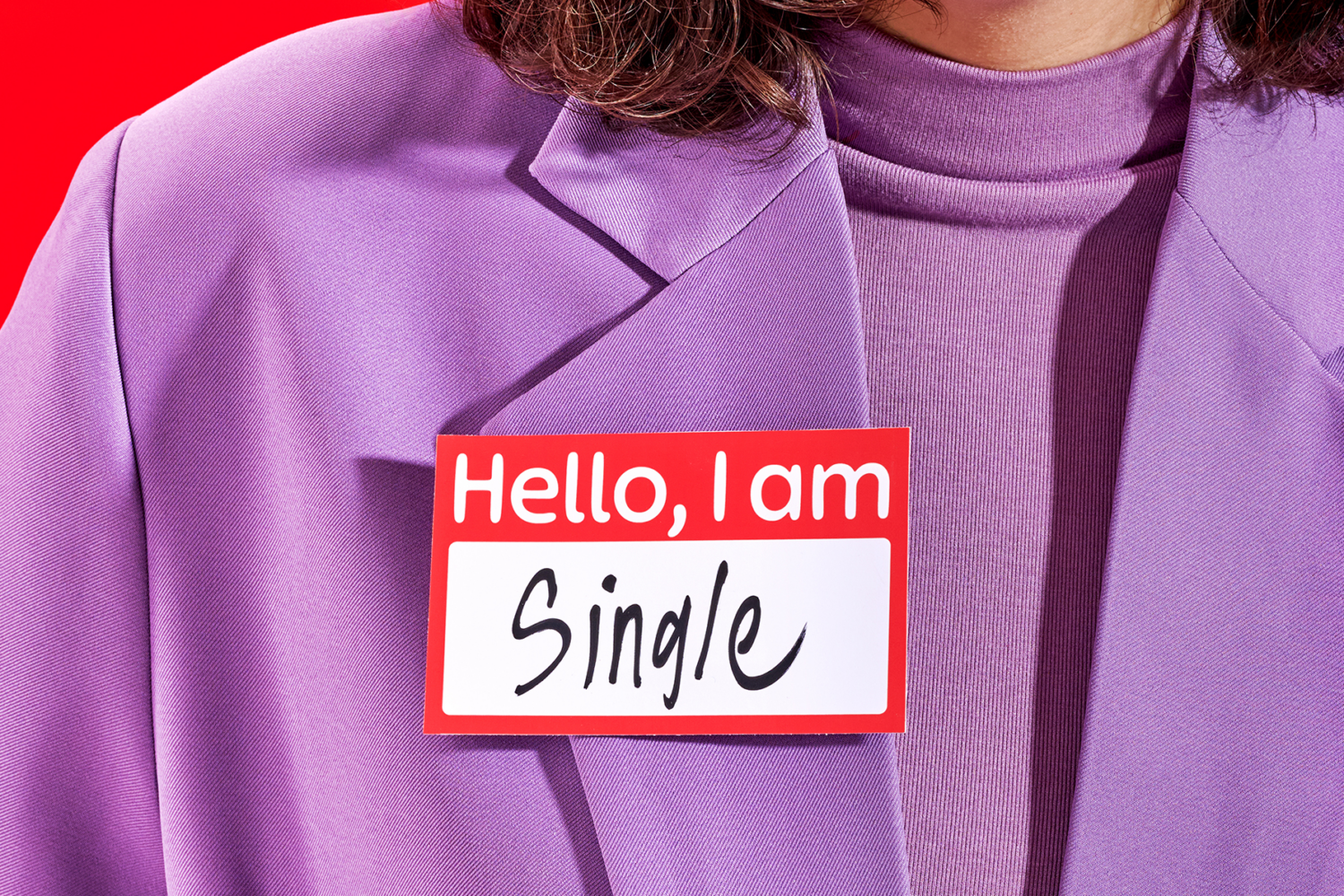“Professional athlete” never made my “what I want to be when I grow up” list. Yet here I am at the center-field gate of Nationals Park, tennis shoes laced tight. The outfield stretches before me.
“George?” someone says. “You ready?”
That’s me.
I head in the direction of Nationals entertainment coordinator Tom Davis’s voice, snow crunching under my feet. I adjust my suit and get ready for the race.
“Go!”
I am a presidential hopeful, and my audition to be one of the Nationals’ Racing Presidents is on.
The Nats may not have the best record in baseball, but their fourth-inning tradition—a race among 12-foot-tall foam mascots of the four Mount Rushmore Presidents—never fails to excite the crowd.
There’s Abe Lincoln, the President to beat, with an impressive 125 career victories; a determined-looking George Washington; Thomas Jefferson, the sage of Monticello; and Teddy Roosevelt, whose losing streak over four years has sparked an enthusiastic fan base and a grassroots campaign in the form of the popular blog Let Teddy Win.
As much fun as the race is, finding the right people to fill the part-time positions is serious business for the Nationals’ entertainment staff. The judges are looking for athleticism, personality, spirit, and a little something extra.
“Dull doesn’t translate well,” Davis says. “It takes a special person to do this.”
The annual tryout on Presidents Day weekend has drawn 150 applications this year, including résumés, cover letters, and a follow-up questionnaire. Now 48 finalists are vying for a spot on this sunny Saturday afternoon—49 if you count me. Davis let me bypass the written application so I could chronicle the audition experience.
When I arrive at the stadium, it looks as though the group is warming up for a 5K. Muscular young men in running shorts stretch their legs, never mind the 30-degree weather. A woman (one of five) tugs her Nats cap down with purpose. Government workers, lawyers, college students, and marketing reps prepare in the crowded greenroom as racing veterans greet one another in the corner. Even returning Presidents have to try out. “It keeps the crew on their toes,” Davis says.
What goes into the making of a President? Davis explains the logistics: We’ll compete in three-person heats starting with an indoor 40-yard dash in full costume. To the disappointment of the group, the Teddy costume isn’t available; our choices are Abe, Tom, or George.
Abe seems the natural pick for me because I’m a native of the Land of Lincoln, but veteran competitors warn me that his suit affords the least visibility. And Jefferson’s head, they say, may be too tall for me to balance. George Washington seems the sensible option.
To try out, applicants must be between five-foot-seven and six-foot-six, able to attend at least 40 percent of the Nationals’ 81 regular-season home games, and capable of running from center field to home plate in a 45-pound costume. How to know whether we possess that last quality is a mystery to us first-time applicants, but at least one man admits to taking a few laps at his gym holding a 45-pound weight on his shoulders.
“My strategy is not to fall over,” says 29-year-old lawyer Matt Walczewski.
Michael Korte’s plan? “I’m going to bring the raw speed,” says the Army criminal-defense attorney, 30.
Getting into the costume is a three-person job. Inside, the smell of one too many sweaty July home games smacks me like a Louisville Slugger. The mesh porthole in George’s neck falls below my chin; all I can see are the tops of my Nikes. The weight doesn’t bother me, but trying to keep my balance—let alone run—while practically blinded, with a heavy foam head strapped to my torso is daunting. What have I gotten myself into?
I shuffle to the starting line. The rest of the group looks on. At age 23, I’m aware that my last timed run was in high-school gym class, and it wasn’t pretty.
The dash is over almost before I know it. A Nationals staffer calls out the times. “Six point three seconds!” “Seven seconds!” I finished in 17.
Next up is the main event: running the course the real Presidents run, around the warning track from center field and past first base. Only this time we’ll be running in two feet of snow, the remnants of Snowpocalypse 2010.
I start my sprint, following the footprints in the snow. The encouraging cheers fade as I turn the right-field corner, where wind gusts have piled the snow to almost four feet. I run on, panting, feeling my George Washington head pulling me forward. I lean back, but there’s no stopping the momentum. My knees buckle and my George head nosedives toward the snow to a swell of applause.
I remain face down, unable to lift my head, until a sympathetic Nationals staffer helps me up.
Discombobulated, I move on to part three of the audition. Back inside the stadium hallway, more running awaits—this time a race from the first-base entrance back to the center-field gate. I cross the finish line after two run-ins with a wall and long after Abe and Tom.
The dance-off might be my best chance to shine. I studied Michael Jackson’s “Thriller” music video and Beyoncé’s “Single Ladies” moves in preparation, but after running three races, some hip shaking and a jazz square are all I can manage.
An interview with an American Idol–style panel of Nationals staff rounds out the audition. They pepper me with questions as a video camera records my answers. “What would it mean to you to be a racing President?” “How often do you participate in dance-offs?” “How often do you win?” “What’s your favorite kind of doughnut?”
I leave the audition with bruises to my ego and my left ankle as well as a newfound admiration for Tom, George, Abe, and Teddy. Winners—there’ll be 15 to 20—will be told in about a week, after deliberations by Davis, the mascot coordinators, and other staff.
But I’ll never know who the chosen mascots are. A Disney-like contract ensures that the identities of Presidents stay behind the masks. And it’s safe to say you won’t see me racing along the warning track this season. I’ll leave that to the professionals.


